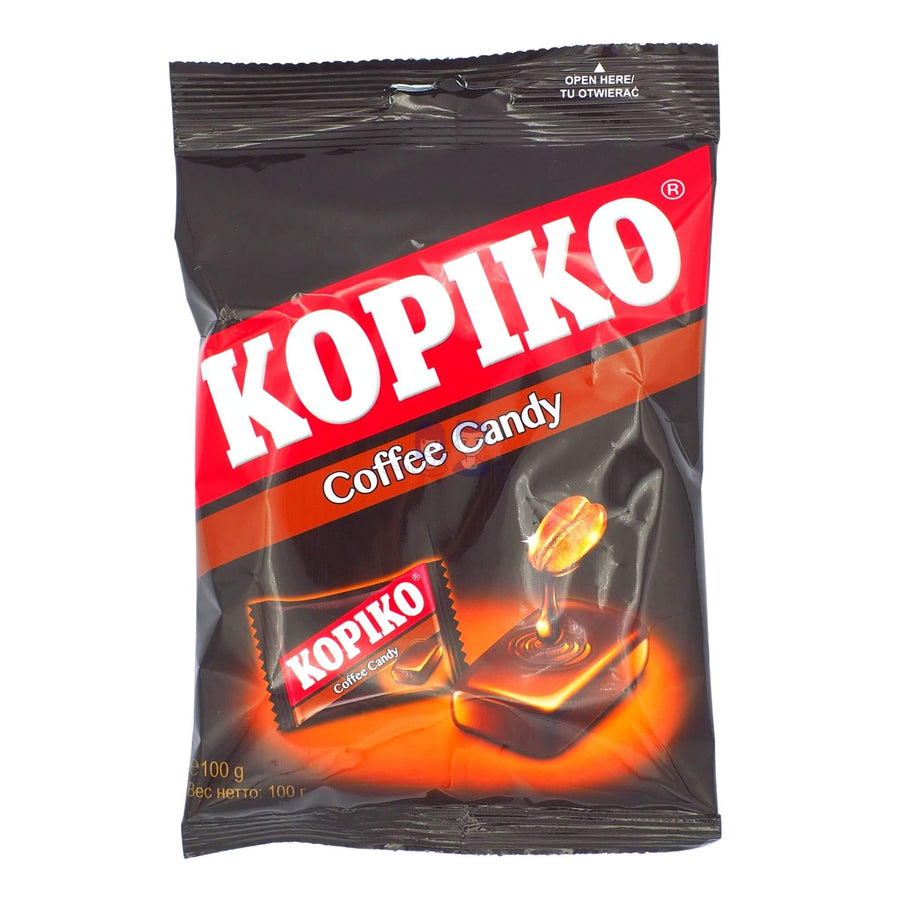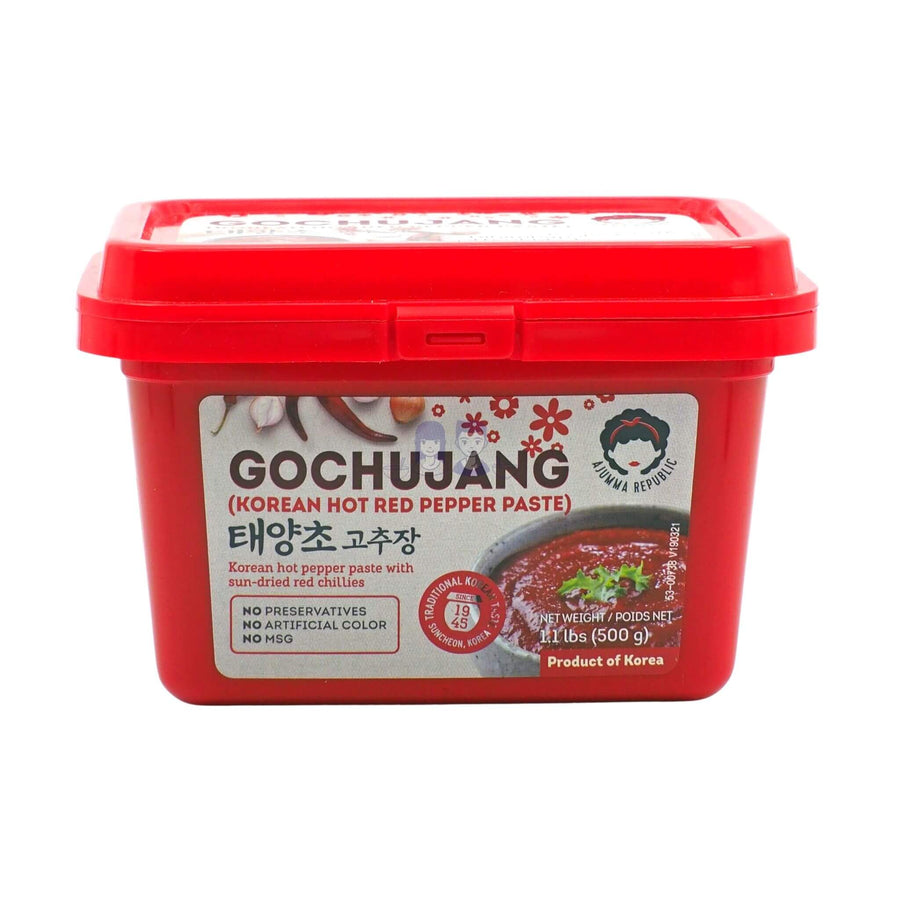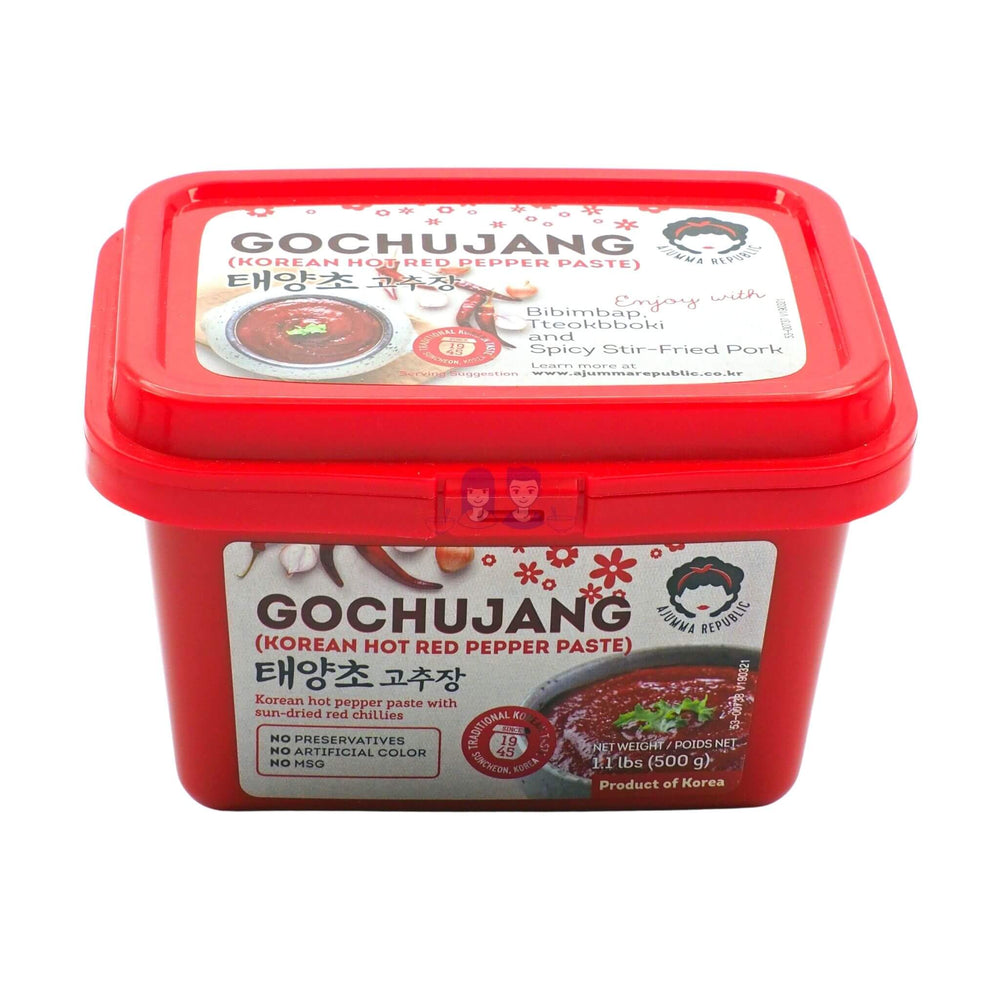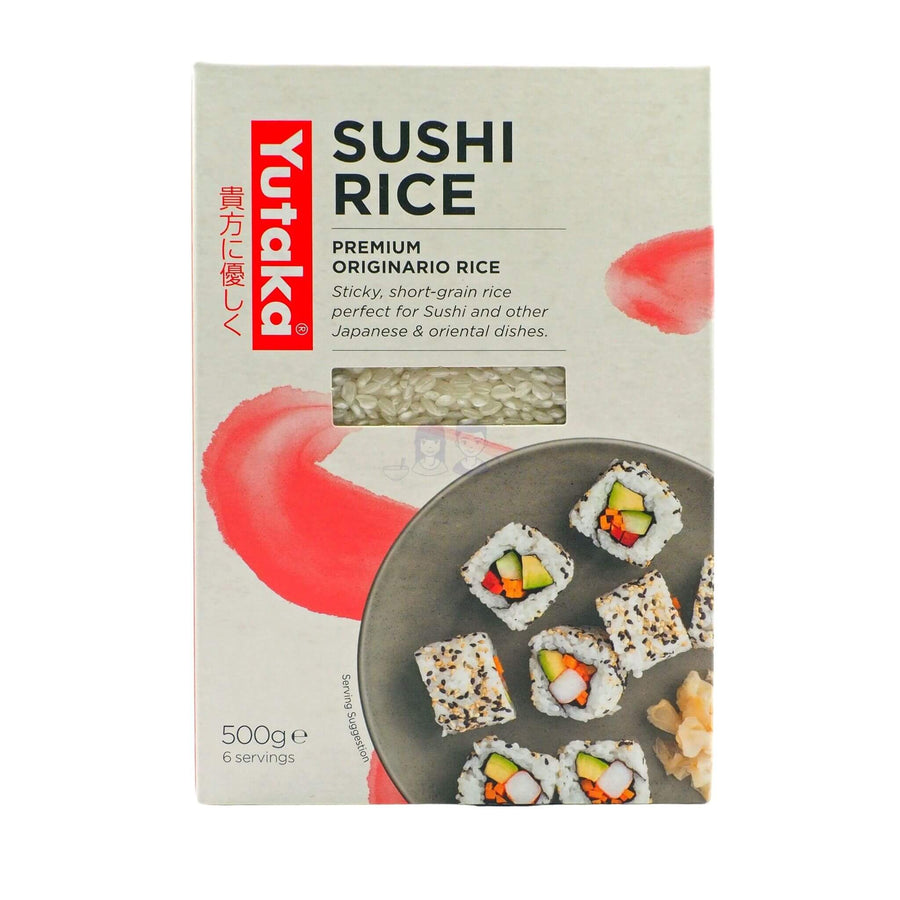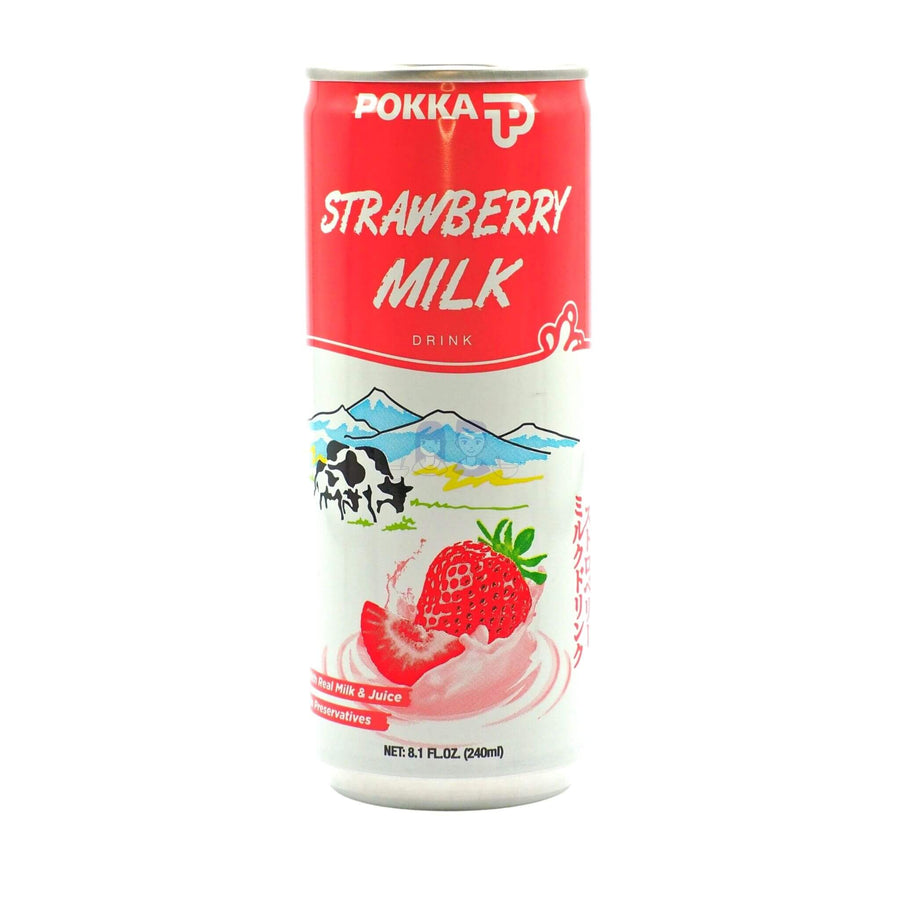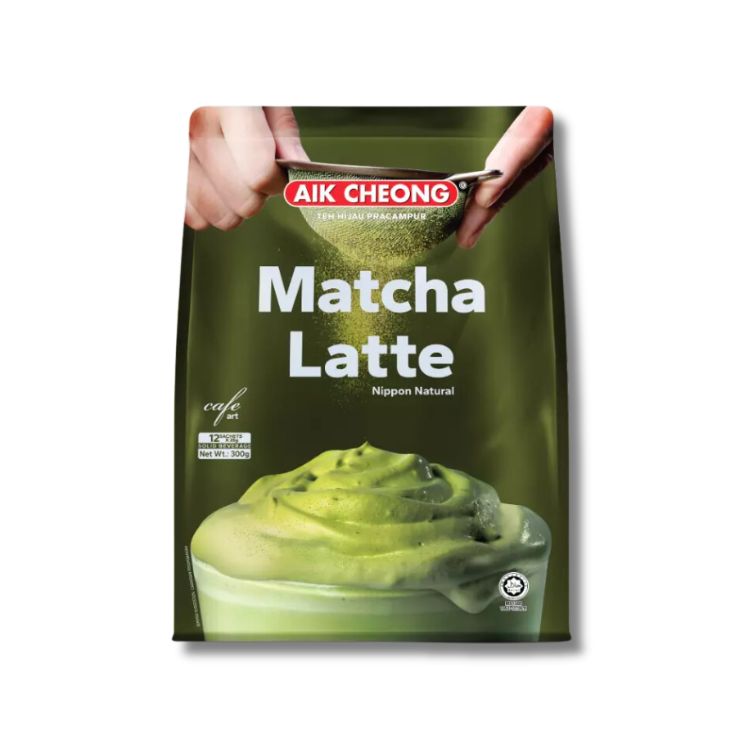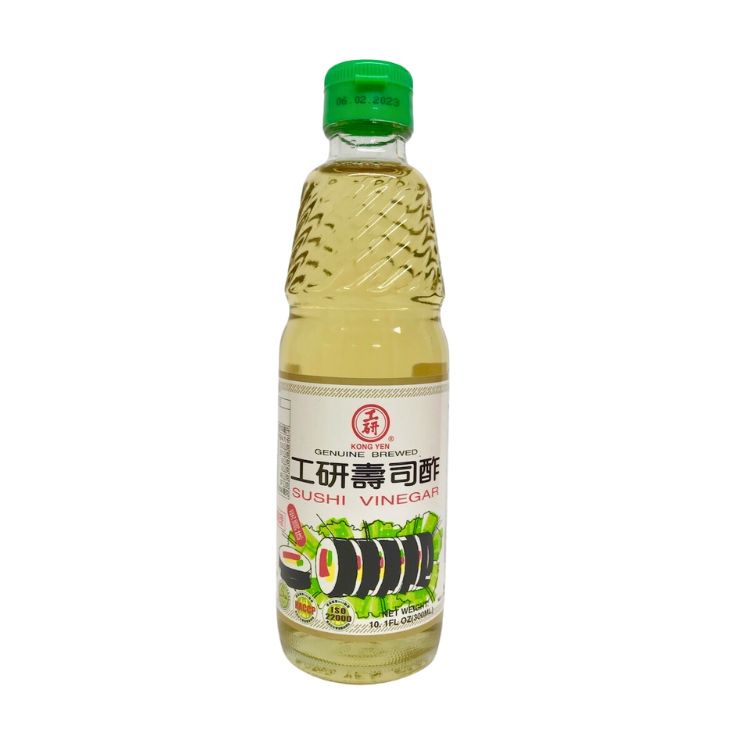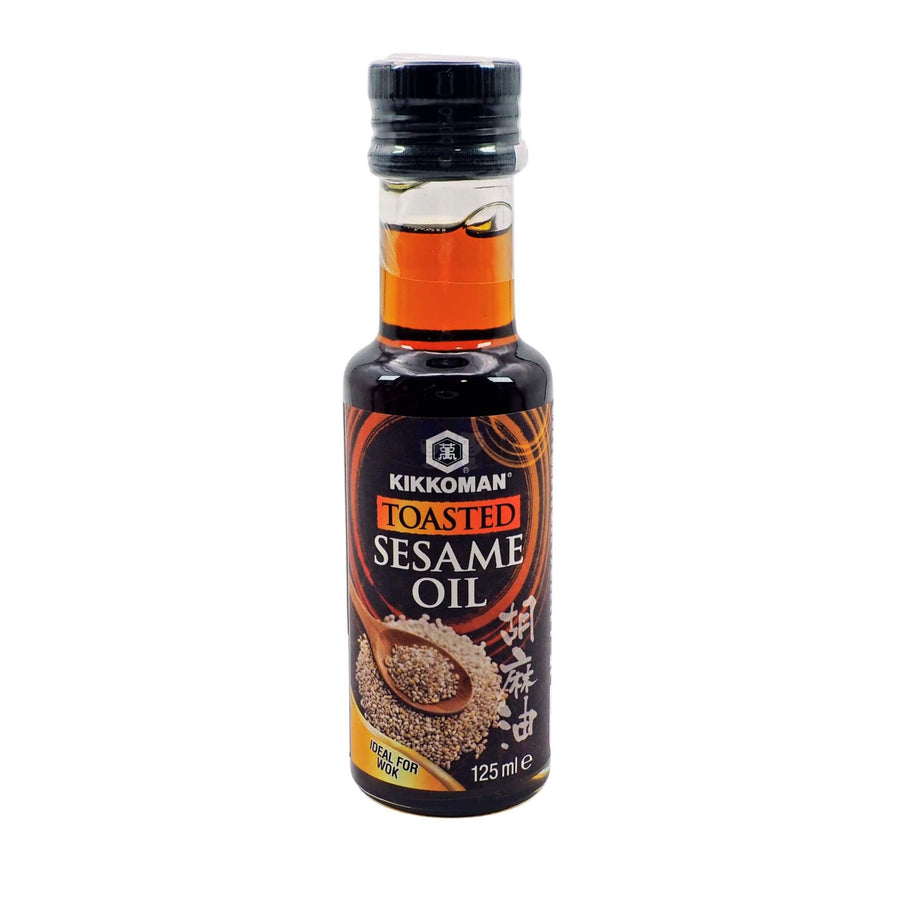18 Surprising Facts About Japanese Food You Never Knew
Japanese food is among the tastiest in the world—so much so that the traditional dietary culture of Japan, known as washoku, is recognised by UNESCO as an Intangible Cultural Heritage. If you’ve enjoyed fresh nigiri, a comforting bowl of Tonkotsu ramen, or a hearty katsu curry, you’ll understand why Japanese cuisine captivates food lovers everywhere.
At Morueats, we believe food is the perfect bridge to culture and community. By discovering the stories behind beloved dishes, we can appreciate them even more.
Beyond these famous favourites lie dozens of intriguing facts that even seasoned Japanophiles may not know. In this article, we'll share 18 surprising facts about Japanese food that every enthusiast should have on their radar—perfect dinner-table trivia and a reminder of the creativity that defines Japanese cooking.
→ Shop now: Our range of Japanese Food and Ingredients
#1 Sushi Has Humble Beginnings
Modern-day sushi started from a simple fish preservation process many centuries ago. This process involved fermenting fish with rice, vinegar, and salt. Its evolution to the tasty vinegared rice and fresh fish combination we enjoy today is a credit to Japan's culinary innovation.
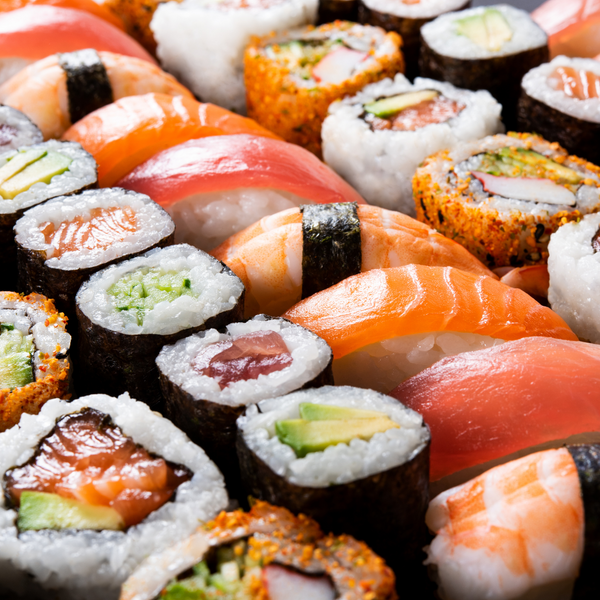
#2 The Concept of Umami Originates in Japan
In 1908, a Japanese scientist, Kikunae Ikeda identified a fifth taste called "umami", in addition to sweet, salty, bitter, and sour. The discovery marked a turning point in culinary science. Umami taste is a testament to Japan's contribution to understanding the complex flavours that our palates can perceive. The word "umami" means "pleasant, savoury taste" in Japanese.

#3 Wagyu Beef Farming Involves Unparalleled Breeding and Care
The allure of Wagyu beef lies in its unparalleled marbling and flavour, a result of meticulous breeding and care. This enthralling dish reflects Japan's dedication to quality and perfection. We find that it offers a melt-in-the-mouth experience that is simply irresistible and will keep you wanting more.
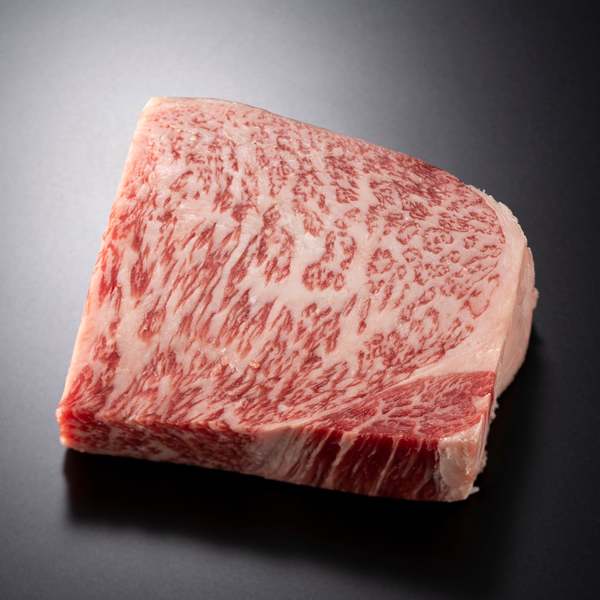
#4 Ramen Noodles Have Chinese Roots
Although synonymous with Japan, the roots of ramen noodles can be traced back to China. More specifically, Chinese immigrants who lived in Japanese port cities. It is generally agreed that modern-day ramen is a Japanese adaptation of Chinese wheat noodle soup. The first recorded instance was in Yokohama Chinatown in the early 20th century.
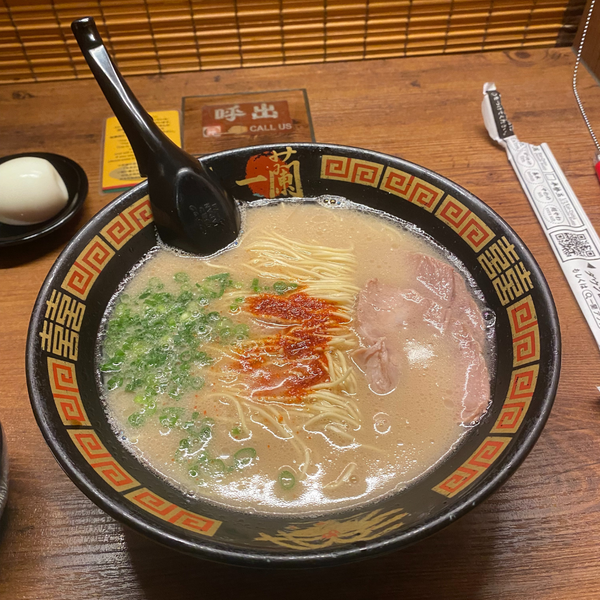
#5 Matcha Is a Versatile Ingredient
Matcha is not just used as an essential Japanese ingredient for traditional tea but also to add distinctive colour and flavour to a variety of dishes. From green teas and matcha lattes to matcha ice cream, matcha showcases the innovative spirit of Japanese cuisine. Besides transforming simple ingredients, matcha also has health benefits and cultural significance.
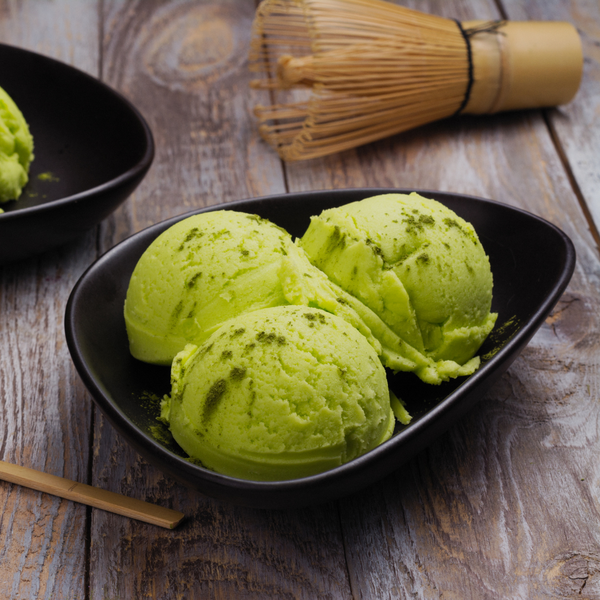
#6 Japanese Tea Comes in Many Forms
Japan's tea culture extends far beyond the well-known matcha tea. It also includes a variety of other green teas like sencha and gyokuro, each with unique brewing methods and flavours. There are other teas, such as Mugichu tea, which is made from roasted barley grains, Wakoucha, a black tea, and Gobocha, which is made from burdock root.
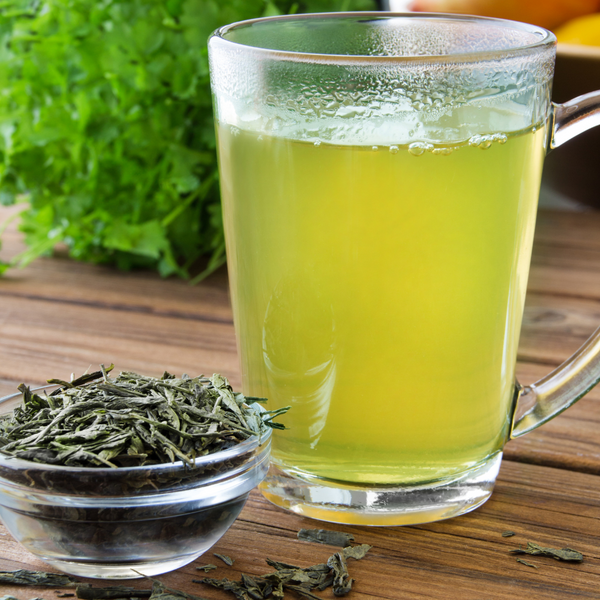
#7 Miso Comes in Different Styles
Miso paste plays an important role in Japanese cooking. However, did you know this fermented soybean paste varies widely in colour, texture, and taste? This diversity reflects regional preferences and culinary traditions across Japan. With its depth of umami flavour, miso paste elevates dishes from breakfast to dinner, highlighting the importance of fermented foods.
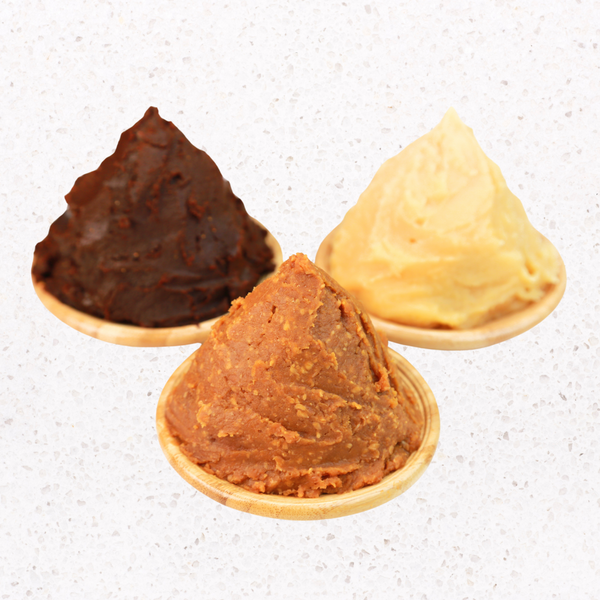
#8 Sake Is Brewed During Winter Months
Japan's famous rice wine, Sake, is brewed primarily in the Winter months. The colder Winter weather during this period creates the perfect conditions for fermentation. The result is a delicate alcoholic beverage that ranges from sweet to dry, as well as rich to light.

#9 Bento Boxes Started Around 1,000 Years Ago
Originating in the Kamakura period around 1,000 years ago, bento boxes are a testament to Japanese ingenuity. They offer delicious, balanced meals aesthetically arranged in portable containers. Bento lunchboxes are still a key part of Japanese lunch culture, feeding millions every day. We love grabbing ours at the station before catching the Shinkansen (bullet train).
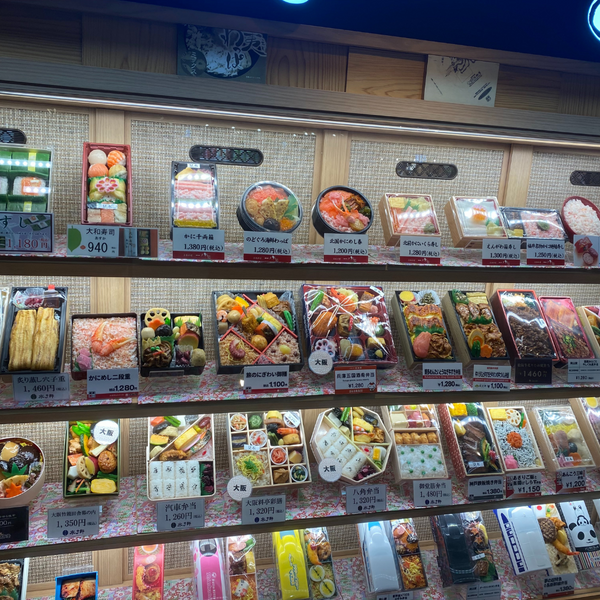
#10 Kit Kat Has Over 300 Flavours in Japan
Japan's fascination with Kit Kat has led to the creation of over 300 flavours, with everything from wasabi to milk tea and sake. The innovative tastes not only speak to the Japanese desire for experimentation but also to cultural openness. This has allowed them to redefine conventional snacks into something uniquely Japanese. Our favourite flavour is matcha green tea, however, why not try strawberry cheesecake?
#11 Japanese Cooking Loves Seasonal Ingredients
The principle of shun, or eating seasonally, is deeply ingrained in Japanese culinary culture. This philosophy not only ensures the freshest flavours but also maintains a connection with the natural world. Thus, it reminds us of the rhythms of life and the importance of living in harmony with the environment.

#12 Traditional Dining Often Involves Sitting Down on the Floor
Traditionally, Japanese diners eat on low tables while sitting on a thin cushion placed on top of tatami mats, and proper chopstick etiquette is just as important, so avoid sticking chopsticks upright in rice or passing food from chopstick to chopstick, as both gestures are linked to funeral rites.
The tatami is covered with a weft-faced weave of the soft rush plant. In very formal settings, it is typical for diners to kneel. However, in less formal settings, men often cross their legs and women keep both their legs to the same side. We find that sitting so low may take a little time to adjust to.

#13 Many Restaurants Specialise in One Type of Food
Many food establishments serve up a small range of flavourful dishes in only one type of food. For instance, tempura, sushi, soba noodles, ramen noodles, donburi, oden, yakitori, tonkatsu, and teppanyaki. We love the Yatai concept, which is covered, moveable food stalls that include seating space and specialise in one type of food. They are particularly famous in the port city of Fukuoka.

#14 Japanese Whisky Is World Class
The international acclaim for Japanese whisky marks its standing at the pinnacle of the global whisky industry. This is experienced through some exceptional whisky brands, including Nikka, Yamazaki, and Hakushu, that have received international awards. These have shot to prominence in recent years and are popular due to their distinct character and craftsmanship.

#15 The First Sushi Conveyor Belt Was from Japan
The invention of the sushi conveyor belt was in Osaka in 1958. This revolutionised the sushi dining experience, making it more accessible and fun, appealing to a younger crowd. The sushi conveyor belt reflects the Japanese knack for blending tradition with technology. In doing this, it has also reinvented the dining experience.

#16 Japan Loves Fast Food Culture
Japan's fast food scene integrates global influences with local tastes. This has created a fast-food culture that is distinctly Japanese. It's popular for Japanese people to enjoy highly localised menus of international fast food chains such as McDonald's and KFC. In fact, KFC is one of the most famous Japanese Christmas traditions. They can also eat at home-grown domestic fast food champions like Mos Burger, Yoshinoya, and even Family Mart.

#17 Sushi Making Is a Highly Skilled Art Form
The rigorous training required to become a sushi chef in Japan often lasts up to a decade. This is a testament to the artistry and dedication behind each piece of sushi. This meticulous craft highlights the Japanese commitment to excellence. It also reaffirms the deep respect for culinary traditions.
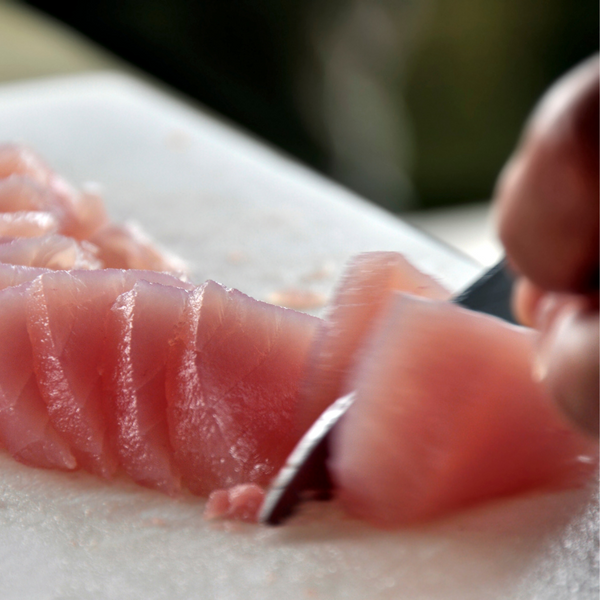
#18 Traditional Japanese Breakfasts Offer a Balanced Start to the Day
A traditional Japanese breakfast comes with grilled fish, rice, miso soup, and pickled vegetables. This offers a balanced start to the day. Japanese breakfast exemplifies the Japanese principle of "washoku", or harmony in food. Traditional breakfasts combine a variety of food groups, flavours, and textures. This creates a wholly satisfying experience.
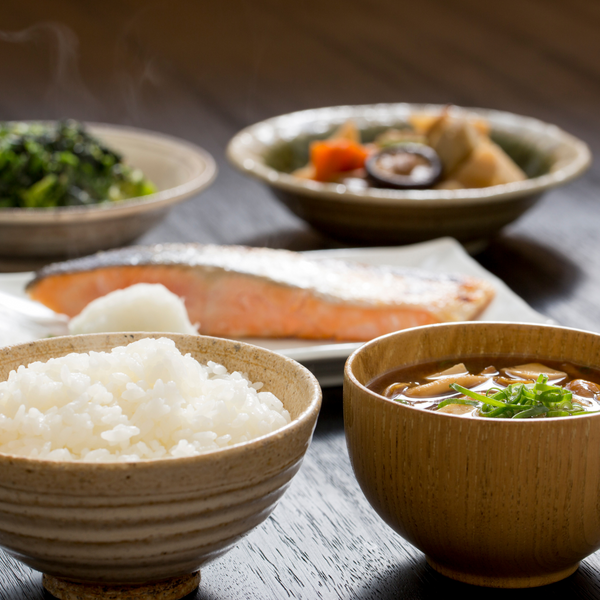
Final Word
These 18 surprising facts offer just a glimpse into the heart and soul of Japanese cuisine - a food culture shaped and influenced by thousands of years of history and tradition. Japanese cooking invites us to explore, taste, and celebrate a rich heritage that continues to enchant and delight the world.
Looking for inspiration on how to use these essential Japanese ingredients? Check out kurumicooks for an amazing collection of authentic and easy-to-follow Japanese recipes!
→ Shop now: Our range of Japanese Food and Ingredients
Frequently Asked Questions
Q: Why is Japanese food considered healthy?
A: Traditional Japanese meals emphasise balance—lean protein, seasonal vegetables, fermented foods, and modest portions—contributing to lower rates of obesity and heart disease.
Q: What does “washoku” mean?
A: Washoku translates to 'harmony of food' and describes the Japanese philosophy of using seasonal ingredients, balancing flavours, and presenting dishes artfully. UNESCO listed washoku as an Intangible Cultural Heritage in 2013.
Q: Is it rude to leave food on your plate in Japan?
A: Wasting food is generally discouraged. Finishing your meal shows appreciation for the ingredients and the person who prepared it.


